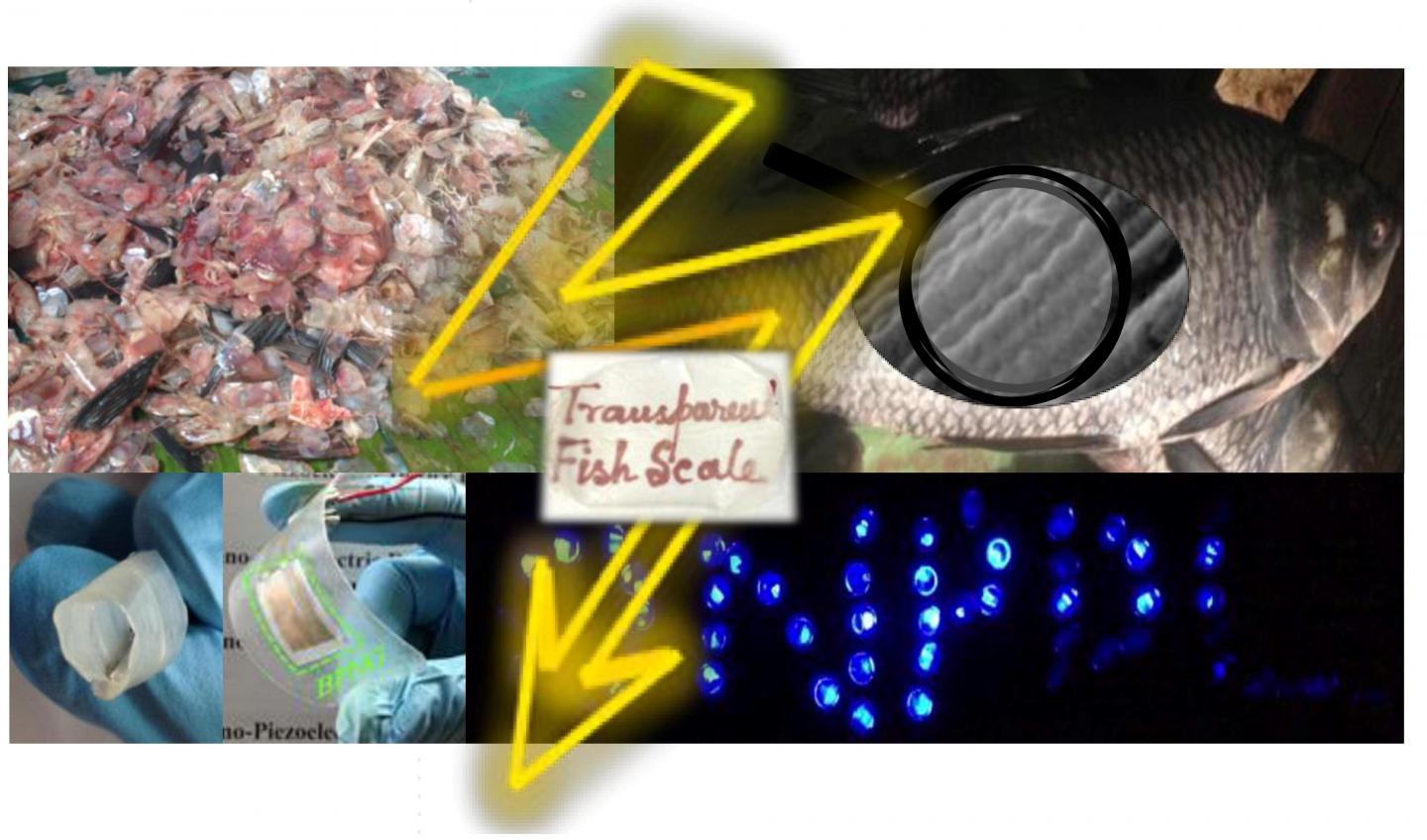Interest in how the body reacts to nanoparticle drug delivery materials seems to be gaining momentum (see my Sept. 9, 2016 post about how the liver prevents nanoparticles from reaching cancer cells and my April 27, 2016 post about the discovery that fewer than 1% of nanoparticle-based drugs reach their destination). Now, we can add this research to the list according to an Oct. 4, 2016 news item on phys.org,
Katie Whitehead, assistant professor of chemical engineering at Carnegie Mellon University, has focused her research efforts on two clear objectives: treating and preventing disease. Her clinical-minded approach to laboratory research has recently led her to join forces with immunologists at the Indian Institute of Technology (IIT) in Bombay on a project that will explore how the immune system reacts to nanoparticle drug delivery materials.
“At its face, it may seem like an obvious goal. You would want a drug delivery system that doesn’t provoke an immune response,” says Whitehead. “However, the immune response to drug delivery vehicles is an understudied area because it’s complicated and expensive—but it deserves more attention.”
An Oct. 4, 2016 Carnegie Mellon University news release, which originated the news item, describes the research in more detail (Note: A link has been removed),
If the immune system reacts to a drug delivery system, the body mistakenly identifies the material as an invading pathogen and goes into a heightened state of alert. This response can trigger inflammation throughout the body and lead to a host of issues. According to Nature, about 25 percent of all Phase II and III clinical trials fail, not because the drug did not treat the disease, but because of safety concerns.
Creating a drug delivery system that effectively treats disease at the same time as avoiding immune response are two separate aims in drug delivery research. But for Whitehead, “My argument has always been that both pieces of the puzzle are equally important. If a system causes an immune response, then it’s a nonstarter. It may yield great results in treating disease in the lab, but it won’t ever reach a patient.”
Unfortunately, very little is understood about how the chemical molecules that make up nanoparticles ultimately affect our body’s immune response. “This research, however, is going to fill a critical gap in our knowledge base that will allow us to create nanoparticle systems that effectively deliver drugs without provoking our body’s natural defense mechanisms,” explains Whitehead. “Such knowledge will give us a head start in moving our delivery systems into clinical settings.”
Whitehead’s lab creates a number of nanoparticle drug delivery systems for diseases ranging from inflammatory bowel disease to Mantle cell lymphoma. She is tackling the challenge of immune response head-on with the help of a four-year, $500,000 grant from the Wadhwani Foundation for her work with IIT Bombay. She’ll specifically study how the chemical structure of the drug delivery nanoparticles affects the immune system.
Here’s a video of Katie Whitehead discussing her work in a simplified fashion,

![Fig. 1: A Vigna radiata seeds. b Reddish brown solution of silver nanoparticles formed after 3 h due to reduction of silver ions [downloaded from http://link.springer.com/article/10.1007/s13204-015-0418-6]](http://www.frogheart.ca/wp-content/uploads/2016/07/India_SilverNanoparrticles_MungBean.gif)